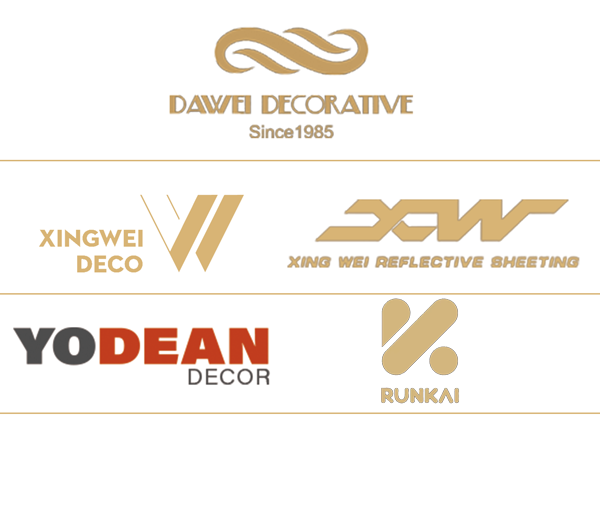There are several things to keep in mind when applying pre glued veneer. The first thing to remember is to keep your edges flat and straight. Clamps are important for ensuring a flat veneer surface. You should use at least 2 pieces of MDF in your veneer sandwich. You should also make sure the veneer is lying flat against the surface.
Iron-on edge banding
When applying pre-glued veneer, you need to have a properly heated iron. The iron’s settings should be set to the highest setting and you should allow plenty of time for the glue to reach a proper temperature. Once the iron has reached the desired temperature, you should use a block of wood to press the edge banding down and ensure that it fully adheres to the surface. During this process, make sure to move the iron back and forth in a circular motion.
You can apply veneer edge banding using a household iron, hot air blower, or edge banding machine. If you want a straight edge, you can use the edging method, but it is more time consuming than using an iron-on edge banding. The heat activated edgebanding adheres securely to plywood and other substrates and provides a permanent bond.
Hot-melt glue
Pre-glued veneer sheets come in sheets that have been expertly sanded. This glue has a high-grade pre-glued hot-melt adhesive that bonds the veneer to the substrate. The veneer can then be stained or finished with a lacquer. You can apply this glue to wood, particle board, hardboard, metal, and more. Apply it along the grain with downward pressure.
The two main types of hot-melt adhesives for veneer edge banding are EVA and PUR. Each has its advantages and disadvantages. EVA Adhesive is a good all-purpose glue that works well on most edge banding materials. This glue also has good heat and water resistance. It is relatively easy to use.
Straight edge
The first step in applying pre-glued veneer is to prepare your project surface. Once you have prepared your plywood surface, you can start applying edge banding. This material has a thin edge, about a third of an inch, and is usually available in a seven-eighths-inch width. It allows for some overhang, and you can trim it to a flush edge after the veneer has been applied.
To begin, lay two thin pieces of card on the surface to be covered. You’ll need to line up the edges of each piece so that they’ll meet. If the veneer strips are too long, you’ll need to trim them at the end of the project.
Avoiding splices
When applying pre glued veneer, it’s essential to avoid splices. Veneer edges have a tendency to split when heated, so it’s important to cut the veneer piece with a larger cutout than its length, which will allow you to trim it down after it’s been glued. It’s easy to do with a utility knife.
One way to avoid splices is to match veneer strips. Using wide knives to slice off the thin strips will prevent wood waste. Slices are also always stored in the order that they were cut from the log. This helps you ensure that your veneer project will be completed correctly.
Pre glued veneer comes in several different types and thicknesses. You can buy veneer without adhesive, a raw panel, and an adhesive panel. The latter is easier to apply than unglued veneer because it’s already glued to the substrate. Pre glued veneer is typically available with a paper backing. Before applying it, however, you need to ensure the material is dry and close to woodshop relative humidity. The surface should also be flat and unpolished. A scuffed surface adheres better to the substrate than a polished surface.
Avoiding humid conditions
Avoiding humid conditions when applying pre glued, veneered panels is very important. This is because it can cause cracks in the finished product. These cracks can be quite visible and can result from the failure of the face veneer. Veneering can be an excellent option for large-scale objects because it is visually stunning and less expensive than solid wood. Besides, it can save you a great deal of money, particularly if you’re working with expensive species of wood.
Firstly, it is important to acclimate the substrate to a humidity that is similar to the one in which the veneer will be applied. This will result in better results and less problems. It’s also important to make sure the veneer is clean of any foreign matter or debris before applying it to the substrate.


Leave a Reply
Want to join the discussion?Feel free to contribute!